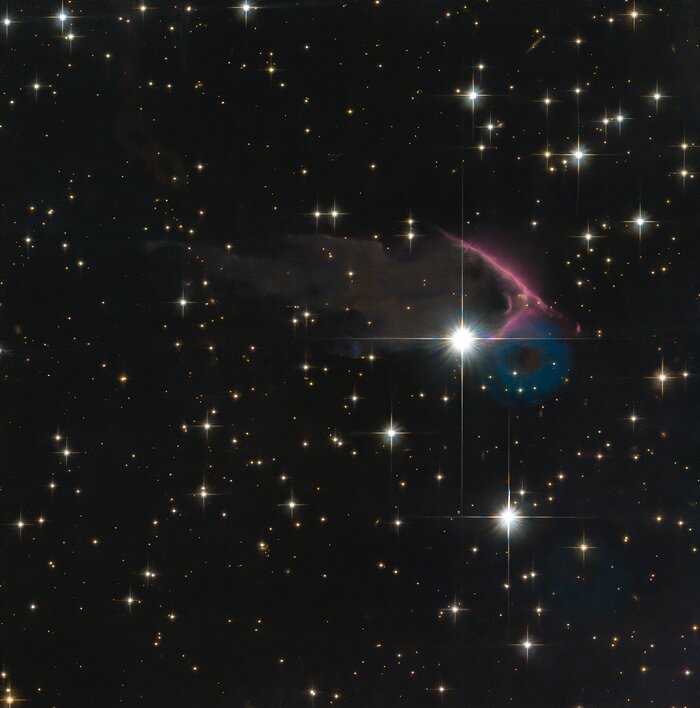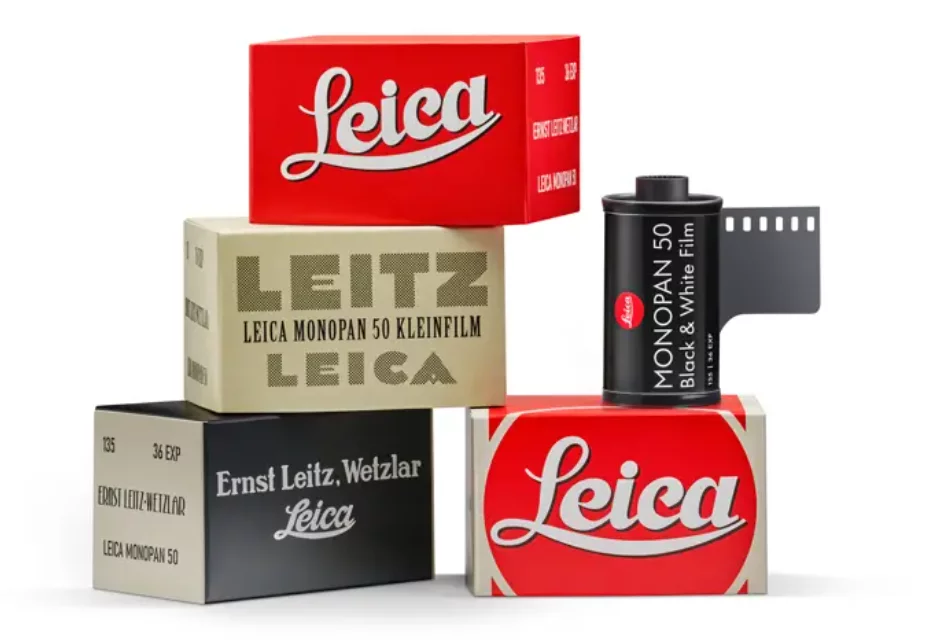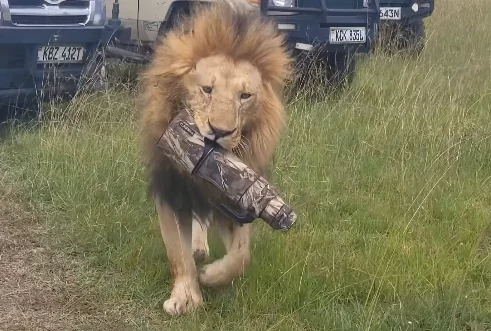The Hubble mission has given us more images than we could possibly ever list here.

And what’s amazing about each of them is how much they tell us about outer space – in addition to showing us how little we actually know.
The photo we’re bringing you today shows nothing less than a star being created.
Or, as Science Alert describes, “Stars in the large clouds of stellar nurseries are formed from cool clumps of dense molecular hydrogen that collapse under their own gravity, so stars are born nestled in thick, molecular clouds.
When a very massive, hot star starts to shine, their intense ultraviolet radiation ionises their birth cloud, creating a large, hot bubble of ionised gas called a Strömgren sphere.”
The NASA/Hubble took a picture of just such a nursery.
From NASA/Hubble: “This image taken with the NASA/ESA Hubble Space Telescope depicts a fantastic new class of star-forming nursery, known as Free-floating Evaporating Gaseous Globules, or frEGGs for short. This object, known as J025027.7+600849, is located in the constellation of Cassiopeia.”
As for what we’re seeing in this picture exactly, NASA tries to break it down for those of us who aren’t well-versed in astronomy.
“When a massive new star (or stars) starts to shine while still within the cool molecular cloud from which it formed, its energetic radiation can ionise the cloud’s hydrogen and create a large, hot bubble of ionised gas. Amazingly, located within this bubble of hot gas around a nearby massive star are the frEGGs: dark compact globules of dust and gas, some of which are also giving birth to low-mass stars. The boundary between the cool, dusty frEGG and hot gas bubble is seen as the glowing purple/blue edges in this fascinating image.”
What do you think of this picture sent by Hubble? Let us know your thoughts in the comments section below if you like.
Be sure to check out our other photography news articles on Light Stalking by clicking this link right here.




